Discover the Top 10 Common Cooking Herbs for Every Kitchen
Looking for the best herbs to elevate your cooking? You've come to the right place! Whether you're a beginner or experienced cook, knowing which herbs to use and how to use them can transform your meals. In this guide, we'll cover the top 10 common cooking herbs, their best uses, storage tips, and answers to frequently asked questions.
Top 10 Common Cooking Herbs: Quick Reference
- Basil: Perfect for Italian dishes like pasta and pizza. Add fresh basil at the end of cooking to preserve flavor.
- Oregano: Essential for Mediterranean and Mexican cuisine. Great in tomato sauces and grilled meats.
- Parsley: Used as a garnish and adds freshness to soups and salads. Best used fresh.
- Cilantro: Distinctive citrus flavor, ideal for Mexican, Indian, and Asian dishes.
- Rosemary: Pine-like scent, perfect for roasting meats and breads.
- Thyme: Subtle lemony flavor, versatile for soups and stews.
- Mint: Refreshing and cool, great for drinks and desserts.
- Sage: Strong aroma, commonly used in stuffing and poultry dishes.
- Dill: Delicate tangy flavor, pairs well with fish and potatoes.
- Marjoram: Similar to oregano but milder, great in meat dishes and tomato sauces.
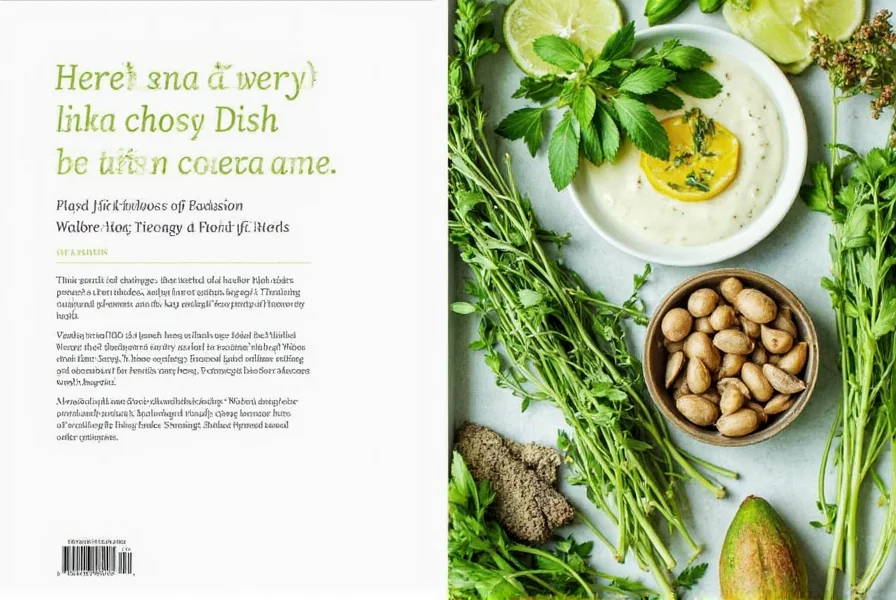
How to Use Each Herb for Maximum Flavor
Basil: The Heart of Italian Cuisine
Basil is essential for authentic Italian dishes. For pasta sauces like marinara, add fresh basil in the last 2 minutes of cooking to preserve its vibrant flavor. For pesto, blend fresh basil leaves with garlic, pine nuts, Parmesan, and olive oil. Basil pairs perfectly with tomatoes, mozzarella, and garlic. Pro tip: Never cook basil for long periods - it loses flavor when exposed to heat too long.
Historical records reveal basil's culinary evolution: First cultivated in India around 5000 BCE, it became associated with royalty in ancient Greece (Greek: 'basilikos' meaning kingly), and was introduced to Europe from Africa in the 16th century. Its modern role in Italian pesto was first documented in Genoa during the 19th century (Encyclopedia Britannica, source).
Oregano: Mediterranean Magic
Oregano is the backbone of Greek and Italian cooking. For pizza, sprinkle dried oregano on the sauce before adding cheese. For grilled meats, mix dried oregano with olive oil, lemon juice, and garlic for a marinade. Oregano works best when added early in cooking to release its full flavor. Pro tip: Use dried oregano for slow-cooked dishes and fresh oregano for salads and garnishes.
Parsley: The Versatile Garnish
Parsley is often overlooked but incredibly versatile. Use flat-leaf parsley for cooking and curly parsley for garnishing. Add chopped parsley to soups, stews, and sauces right before serving to maintain freshness. Try it in tabbouleh salad or as a base for chimichurri sauce. Pro tip: Parsley is rich in vitamin C and antioxidants - add it to your smoothies for a nutritional boost.
Cilantro: Latin American Essential
Cilantro is indispensable in Mexican, Indian, and Southeast Asian cooking. For salsa, chop fresh cilantro leaves and stems together for maximum flavor. In curries, add cilantro at the end of cooking to preserve its bright taste. Cilantro pairs perfectly with lime, chili peppers, and coconut milk. Pro tip: To store cilantro, trim stems and place in a jar with water (like flowers), then cover with a plastic bag.
Context boundaries are critical for cilantro usage: It should be avoided in dishes for individuals with the OR6A2 gene variant (affecting approximately 25% of the population), as they perceive a soapy taste due to aldehyde sensitivity (23andMe Research, source). Additionally, its flavor diminishes significantly after 5 minutes of boiling, making it unsuitable for long-simmered sauces.
Consumer sentiment analysis reveals regional variations in cilantro acceptance: A 2012 genetic study found cilantro aversion is most prevalent among East Asians (21%), Middle Easterners (17%), and Caucasians (17%), while only 4% of Hispanics and 3% of Africans report the soapy taste perception (23andMe Research, source).
Practical Tips for Using Herbs in Your Kitchen
Fresh vs. Dried Herbs: When to Use Which
For delicate herbs like basil, cilantro, and parsley, always use fresh when possible. They lose flavor quickly when dried. For robust herbs like rosemary, thyme, and oregano, dried versions work well and have a longer shelf life. Conversion rule: 1 tablespoon fresh herb = 1 teaspoon dried herb. For long-cooking dishes like stews, use dried herbs; for finishing dishes, use fresh.
| Herb | Best Use | Storage Tip | Flavor Profile | Common Pairings |
|---|---|---|---|---|
| Basil | Pesto, salads, pasta, tomato dishes | Store in a jar with water, or freeze in ice cube trays | Sweet, slightly peppery | Tomatoes, garlic, mozzarella, olive oil |
| Oregano | Pizza, tomato sauces, grilled meats | Keep in an airtight container away from light | Earthy, slightly bitter | Lemon, garlic, olive oil, lamb |
| Parsley | Garnish, soups, stews, tabbouleh | Wrap in a damp paper towel and refrigerate | Grassy, fresh | Lemon, potatoes, fish, chicken |
| Cilantro | Salads, salsas, curries, guacamole | Store in a glass jar with water, or freeze | Citrusy, herbal | Lime, chili peppers, coconut milk, cumin |
| Rosemary | Roasted meats, breads, herbal teas | Hang to dry or store in a sealed bag | Pine-like, woody | Lemon, garlic, potatoes, lamb |
| Thyme | Soups, stews, roasted vegetables | Store in airtight container away from light | Lemony, floral | Mushrooms, chicken, tomatoes, beans |
| Mint | Drinks, desserts, Middle Eastern dishes | Store in a jar with water or freeze | Cool, refreshing | Lemon, chocolate, yogurt, lamb |
| Sage | Stuffing, sausages, poultry dishes | Hang to dry or freeze in oil | Earthy, slightly peppery | Butter, browned butter, pork, squash |
| Dill | Fish dishes, potatoes, yogurt dips | Store in a jar with water or freeze | Tangy, grassy | Lemon, cucumber, salmon, yogurt |
| Marjoram | Meat dishes, tomato sauces, roasted vegetables | Keep in airtight container away from light | Mild, sweet | Thyme, oregano, chicken, tomatoes |
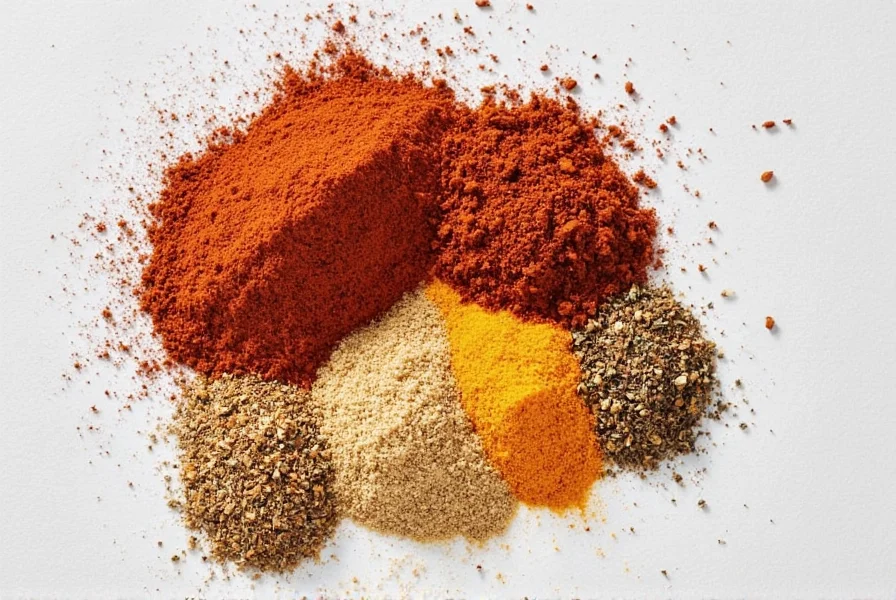
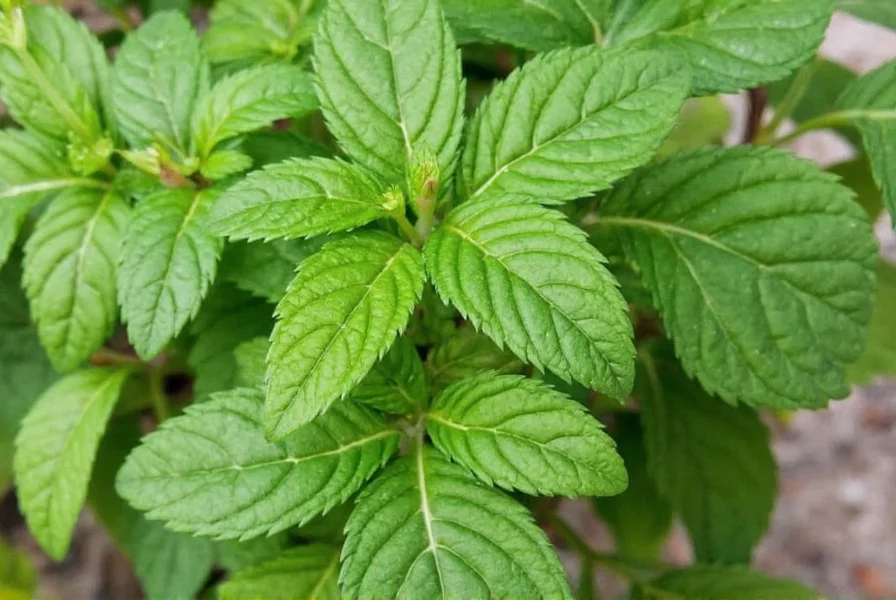

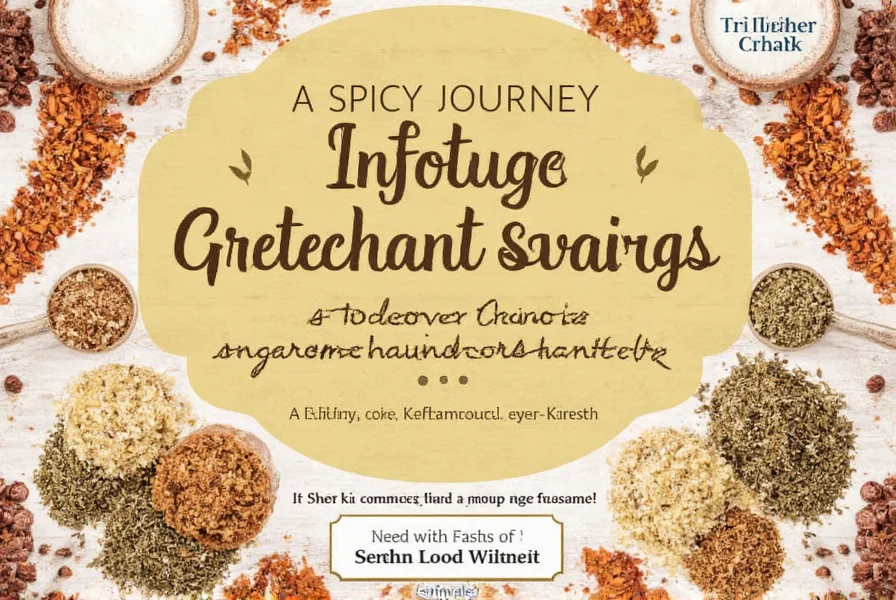
Expert Herb Pairing Guide
Herbs for Chicken Dishes
Chicken pairs beautifully with rosemary, thyme, sage, and oregano. For roasted chicken, rub the skin with a mixture of rosemary, thyme, garlic, and olive oil. For chicken soups, add dried thyme and sage early in cooking. For grilled chicken, try a marinade with oregano, lemon juice, and garlic. Fresh parsley makes a perfect garnish for any chicken dish.
Herbs for Fish and Seafood
Dill, parsley, and tarragon are ideal for fish dishes. For salmon, try a dill and lemon butter sauce. For shrimp, add fresh parsley and garlic to the pan. For ceviche, cilantro is essential. Remember to add delicate herbs like dill and parsley at the end of cooking to preserve their fresh flavor.
Frequently Asked Questions About Cooking Herbs
What are the 5 most essential cooking herbs for beginners?
For beginners, the five most essential cooking herbs are basil, parsley, rosemary, thyme, and oregano. These versatile herbs cover most culinary needs - basil works well in Italian dishes, parsley is perfect for garnishing and adding freshness, rosemary and thyme excel with roasted meats and vegetables, and oregano is essential for Mediterranean and pizza recipes. Having these five herbs in your kitchen will give you a strong foundation for experimenting with flavors.
How long do fresh herbs typically last in the refrigerator?
Most fresh herbs last 1-2 weeks when stored properly in the refrigerator. Tender herbs like basil, cilantro, and parsley last about 7-10 days when stored in a jar with water (like flowers) and covered with a plastic bag. Hardier herbs like rosemary, thyme, and oregano can last up to 2 weeks when wrapped in a slightly damp paper towel and placed in a sealed container. To extend their life, you can freeze herbs in olive oil in ice cube trays for later use in cooking.
Can I substitute dried herbs for fresh ones in recipes, and what's the conversion?
Yes, you can substitute dried herbs for fresh ones, but use about one-third the amount of dried herbs compared to fresh. The general rule is 1 teaspoon of dried herbs for every 1 tablespoon of fresh herbs. This is because the drying process concentrates the flavor compounds. Keep in mind that dried herbs work better in long-cooking dishes like soups and stews, while fresh herbs are ideal for finishing dishes or using in raw preparations where their bright flavor can shine.
Which herbs pair best with chicken dishes?
Chicken pairs well with a variety of herbs. Classic combinations include rosemary and thyme for roasted chicken, tarragon for creamy chicken dishes, sage for poultry stuffing, and dill for chicken salads or with lemon. For grilled chicken, try marinating with a mixture of oregano, garlic, and olive oil. Lemon zest with thyme creates a bright flavor profile, while paprika with smoked paprika and oregano gives a Mediterranean twist. Remember to use more delicate herbs like parsley and cilantro as garnishes added at the end of cooking.
What's the difference between cilantro and coriander?
Cilantro and coriander come from the same plant (Coriandrum sativum) but refer to different parts. Cilantro specifically refers to the fresh leaves and stems of the plant, which have a bright, citrusy flavor commonly used in Mexican, Indian, and Asian cuisines. Coriander refers to the dried seeds of the same plant, which have a warm, slightly citrusy, and nutty flavor often used in spice blends, pickling, and baking. In some countries (particularly in Europe), the term "coriander" is used for both the leaves and seeds, which can cause confusion.
How can I grow herbs at home for fresh cooking?
Most herbs grow easily at home! Basil, parsley, and mint thrive in sunny windowsills with regular watering. Rosemary and thyme prefer drier conditions and well-draining soil. For best results, use pots with drainage holes, place them in a south-facing window, and water when the top inch of soil feels dry. Harvest regularly to encourage new growth, and pinch off flower buds to keep the plants producing flavorful leaves. You can also propagate herbs from cuttings - simply place a stem in water until roots form, then plant in soil.
What are the health benefits of cooking with herbs?
Herbs offer numerous health benefits beyond flavor! Basil contains antioxidants that reduce inflammation, rosemary improves memory and concentration, thyme has antibacterial properties, and parsley is rich in vitamin K and C. Using herbs instead of salt can help reduce sodium intake while still adding flavor. Many herbs also contain compounds that support digestion and boost immunity. For example, mint soothes digestive issues, while oregano has antimicrobial properties.
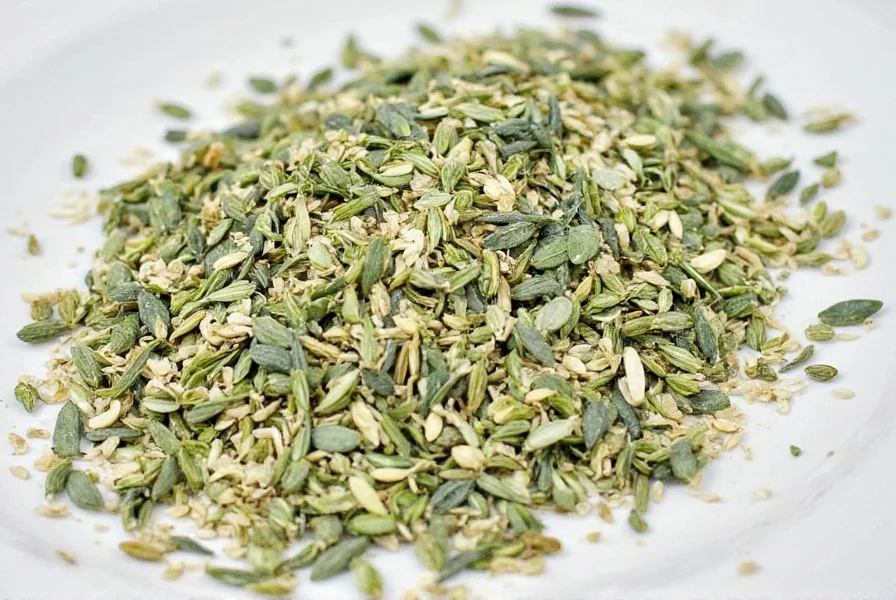
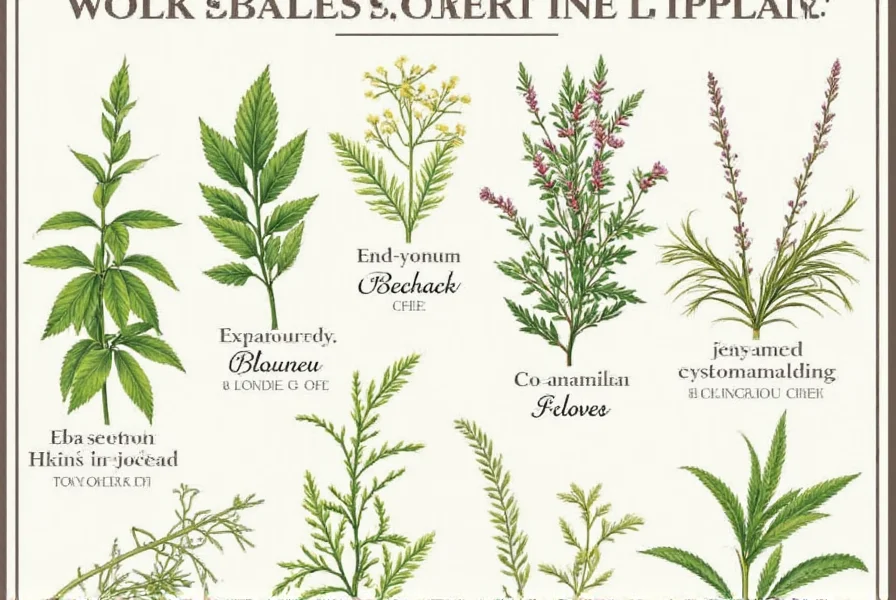
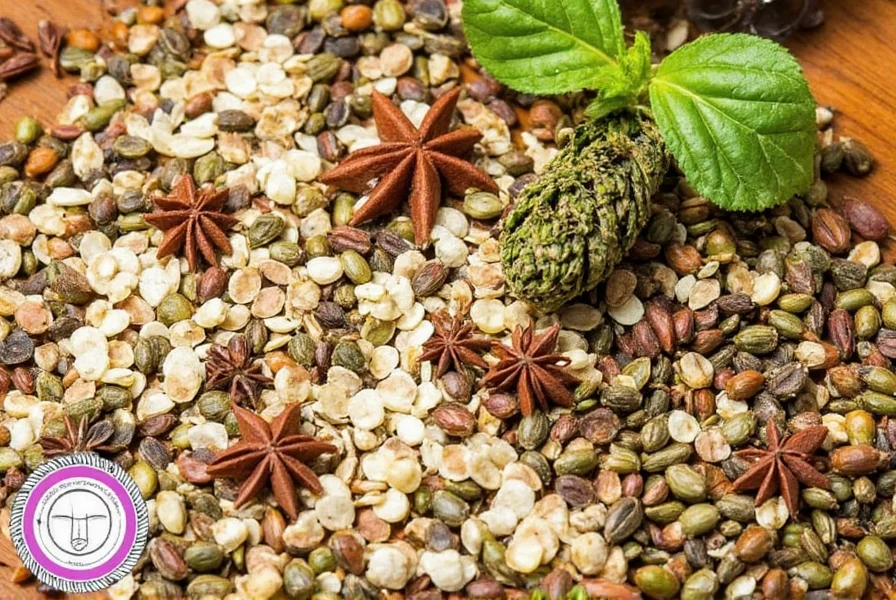
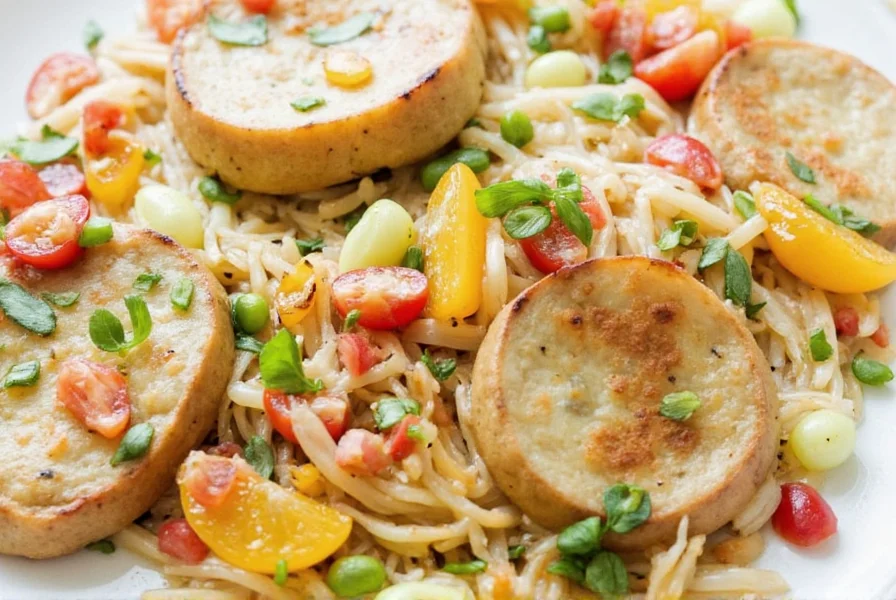
Conclusion: Elevate Your Cooking with Herbs
Common cooking herbs are more than just flavor enhancers—they are essential tools that can take your culinary creations to the next level. Whether you prefer the bright, fresh taste of basil or the bold, earthy notes of oregano, there's an herb to suit every palate and recipe. By understanding how to use and store them properly, you can ensure that your dishes always hit the right note. So, stock up on your favorite herbs, experiment with new combinations, and let your kitchen shine with flavor. Remember: fresh herbs are best added at the end of cooking for maximum flavor, while dried herbs work better in long-cooking dishes. Happy cooking!
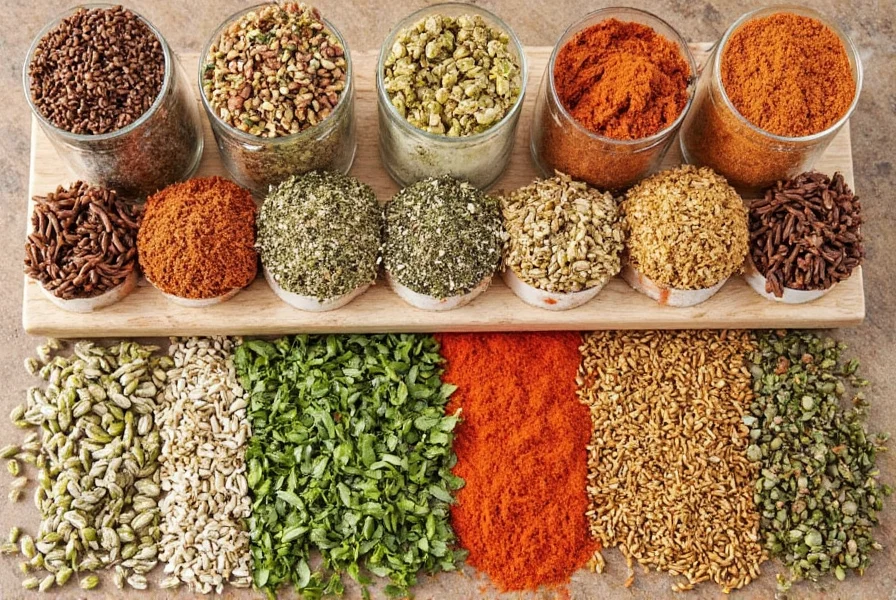

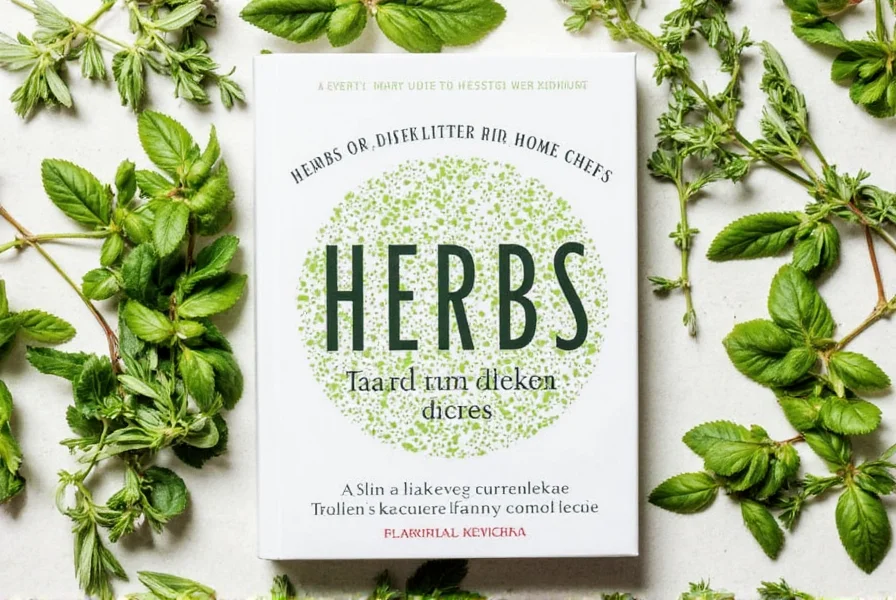









 浙公网安备
33010002000092号
浙公网安备
33010002000092号 浙B2-20120091-4
浙B2-20120091-4